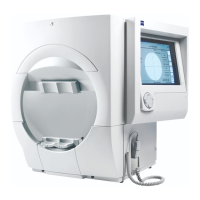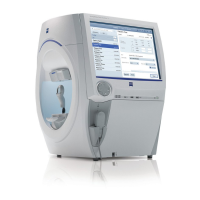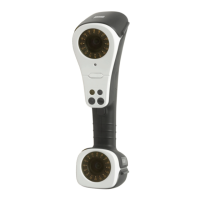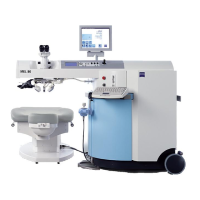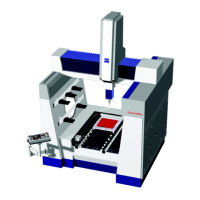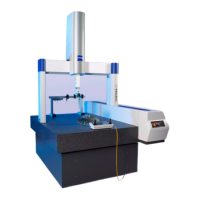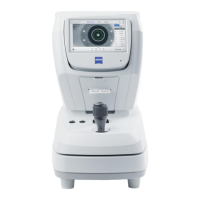Humphrey Field Analyzer II-
i
series User Manual 2660021145640 A
Introduction & Instrument Setup
1-17
About Visual Fields
When asked to assess one’s own vision, the average person often will confidently reply, “I see
20/20”, “20/100” or whatever the result of their visual acuity test. Fortunately, doctors appreciate
the complexities involved in evaluating visual function and rely on an extensive and varied battery of
diagnostic tests and instruments as part of the ocular examination. Without question, one of the
most essential tools in the modern ophthalmic office is the automated perimeter, used to evaluate
the visual field.
The purpose of visual field testing, or perimet
ry, is to provide information critical to:
• diagnosing ocular diseases, especiall
y glaucoma
• evaluating neurological diseases
• monitoring the progress of ocular and neurological diseases
Visual field testing can lead to early detection and tr
eatment of disease. In the case of glaucoma,
visual fields play a major role in identifying visual field defects and evaluating the efficacy of the
therapy used to control the disease process.
What Visual Field Tests Measure
When evaluating visual performance, clinicians ar
e primarily interested in two retinal functions:
resolution and contrast sensitivity. Resolution is the ability to identify discrete forms (letters,
numbers, symbols), and is commonly measured with the visual acuity test. Resolution rapidly
diminishes with increasing distance from the fovea and is, therefore, a poor indicator of overall
visual performance.
A better means of evaluating visual function—especially
those areas less sensitive than the fovea—
is contrast sensitivity testing. Contrast sensitivity is the ability to detect a stimulus (spot of light or
other target) against a darker or brighter background. Humphrey perimetry may be thought of as
contrast sensitivity testing applied throughout the peripheral visual field.
In perimetry, the term “threshold” is used to describe
a very specific level of stimulus detection. The
threshold represents the point at which a stimulus is seen 50% of the time and missed 50% of the
time. The assumption is that all stimuli brighter than the threshold value will be seen and all stimuli
dimmer will be missed. Reviewing the threshold value at each point tested in the visual field is an
important part of the diagnostic process.
Visual field tests can yield information that is gener
al in nature, as with screening tests, or more
exacting and quantitative, as with threshold tests. In deciding which test type is most appropriate
for a patient, the practitioner is influenced by many factors, including the patient’s presenting
complaint, family history, age, degree of cooperation, and time available to run the test.
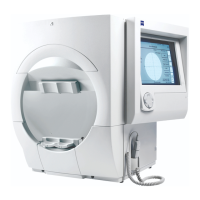
